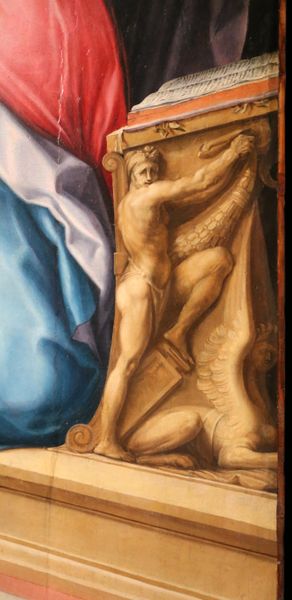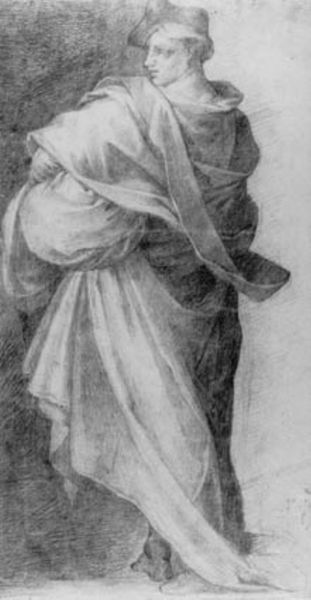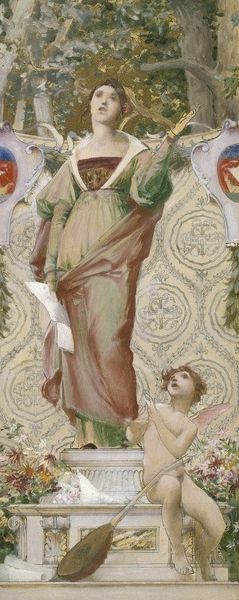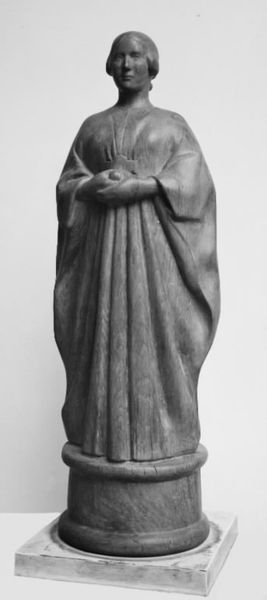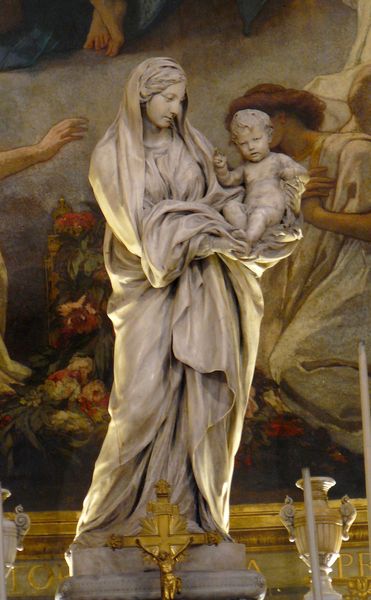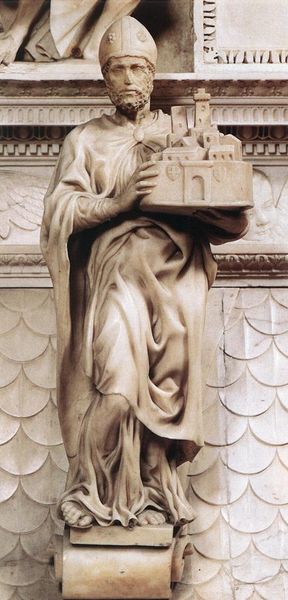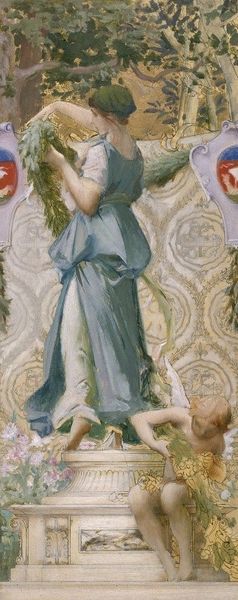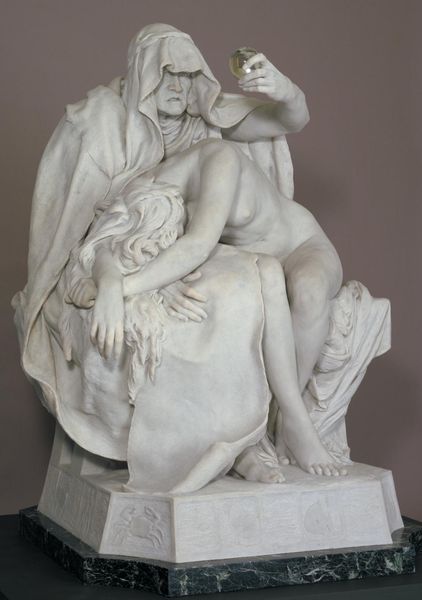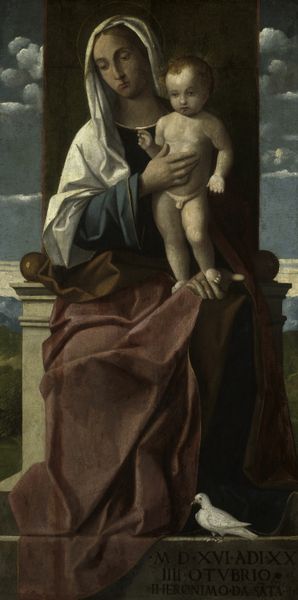
oil-paint
#
portrait
#
baroque
#
oil-paint
#
classical-realism
#
figuration
#
oil painting
#
history-painting
#
italian-renaissance
Copyright: Public Domain: Artvee
Curator: Let's consider Peter Paul Rubens’ oil painting, Christ Salvator Mundi, dating from 1618. Editor: It's a rather austere composition. Predominantly neutral tones and what seems to be raw canvas showing through. You immediately notice a contrast with some of the artist’s better-known highly decorative and colorful biblical scenes. Curator: It is a shift in mood. Rubens uses potent symbolism: Christ holds a clear orb, embodying the earth, or possibly the cosmos, while his raised hand likely gestures blessing. Editor: But what kind of orb? It lacks detailing, making it more of a prop. I am interested in the material of the orb. Was this sphere commissioned or sourced from the studio itself? Was there some symbolic power embedded within this found item or ordinary stage prop? Curator: That makes me think about earthly power. Rubens painted this during a very complex, charged religious and political climate. Salvator Mundi suggests Christ as a global ruler, reflecting perhaps the reach and influence the Church sought. Editor: It's less about the ethereal and more about worldly materials – pigment and canvas used to portray divine authority, produced in workshops. Even the simple robe appears surprisingly coarse when you consider the finery associated with religious icons. I am not even sure I like this! Curator: But that simplicity also lends it power. It brings focus to Christ's humanity, reflecting perhaps the growing interest in more relatable, less stylized religious figures at the time. He feels very present. Editor: And Rubens, always commercially aware, no doubt considered the changing tastes of patrons. By simplifying the depiction, focusing on the physical material of faith rather than pure adornment, he could speak to a broader, emerging viewership. The muted palette itself could be strategic, an artistic choice reflecting the availability and cost of certain pigments. Curator: You have made me consider the physical construction anew; the economic considerations behind even sacred paintings and imagery. Thank you. Editor: I appreciate how the symbolic orb helps tie into a more down-to-earth conversation about materials. It forces us to contemplate the reality of religious icon production as something more than spiritual.
Comments
No comments
Be the first to comment and join the conversation on the ultimate creative platform.

